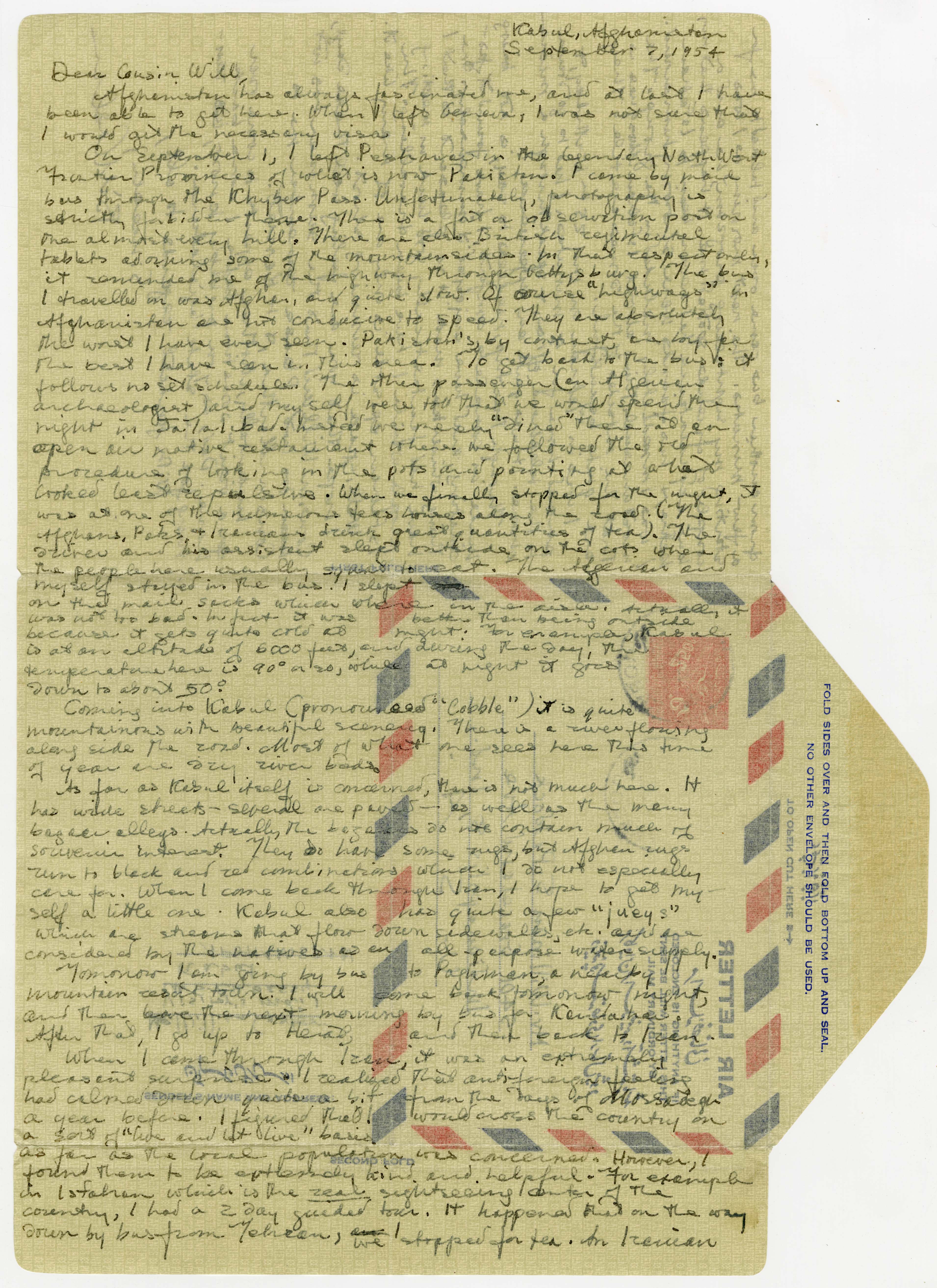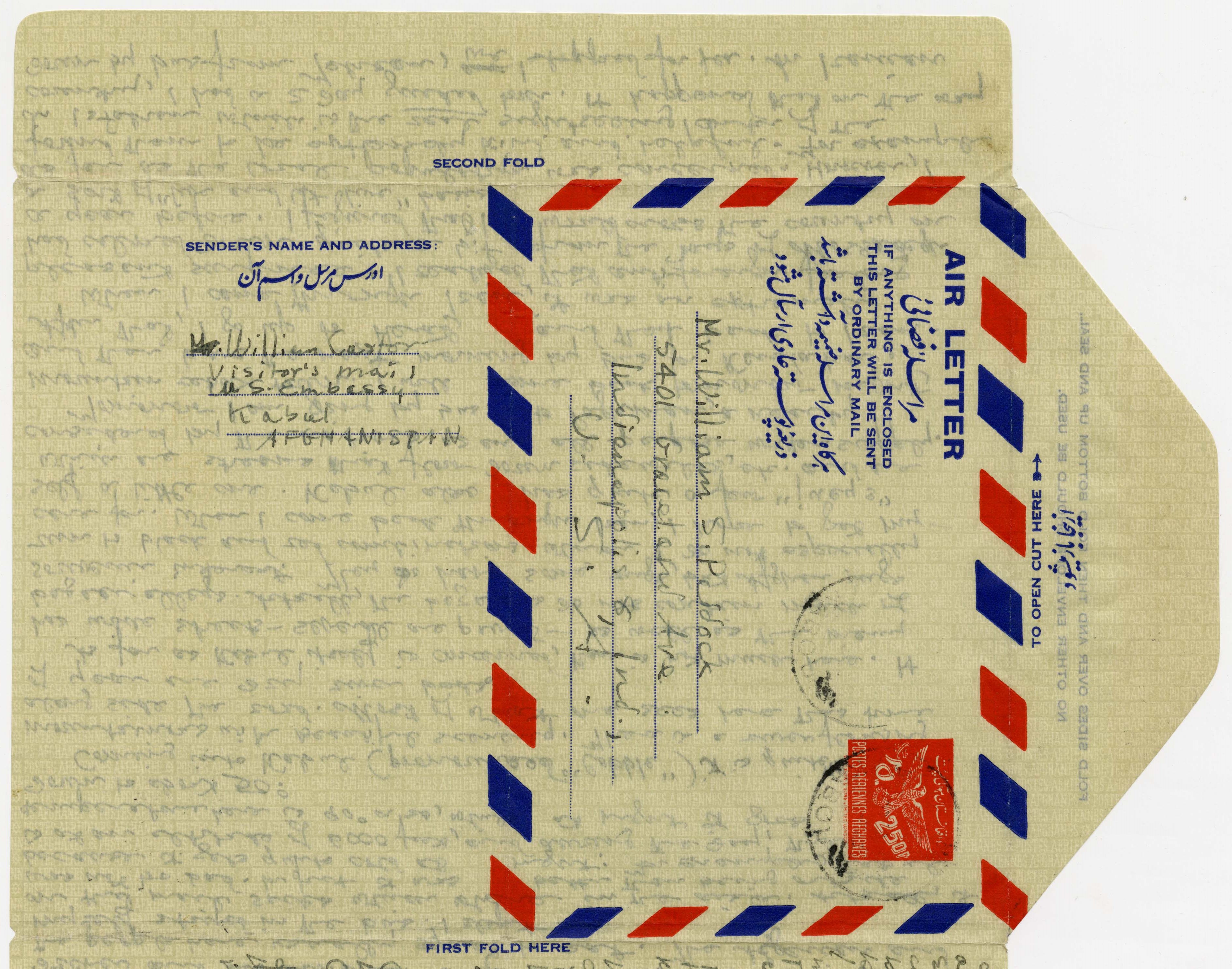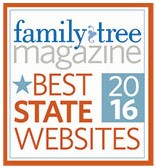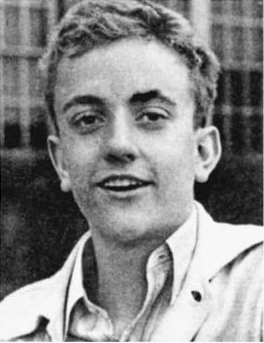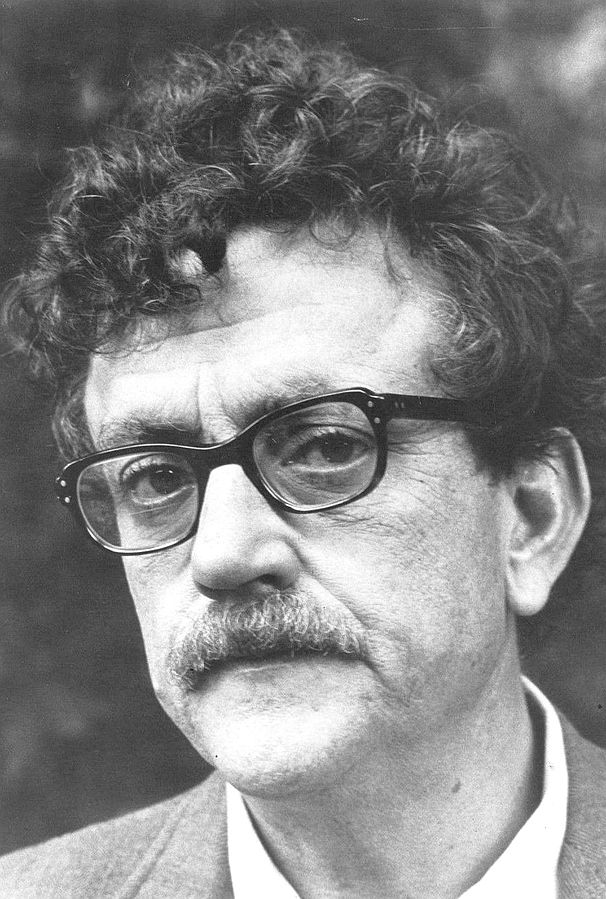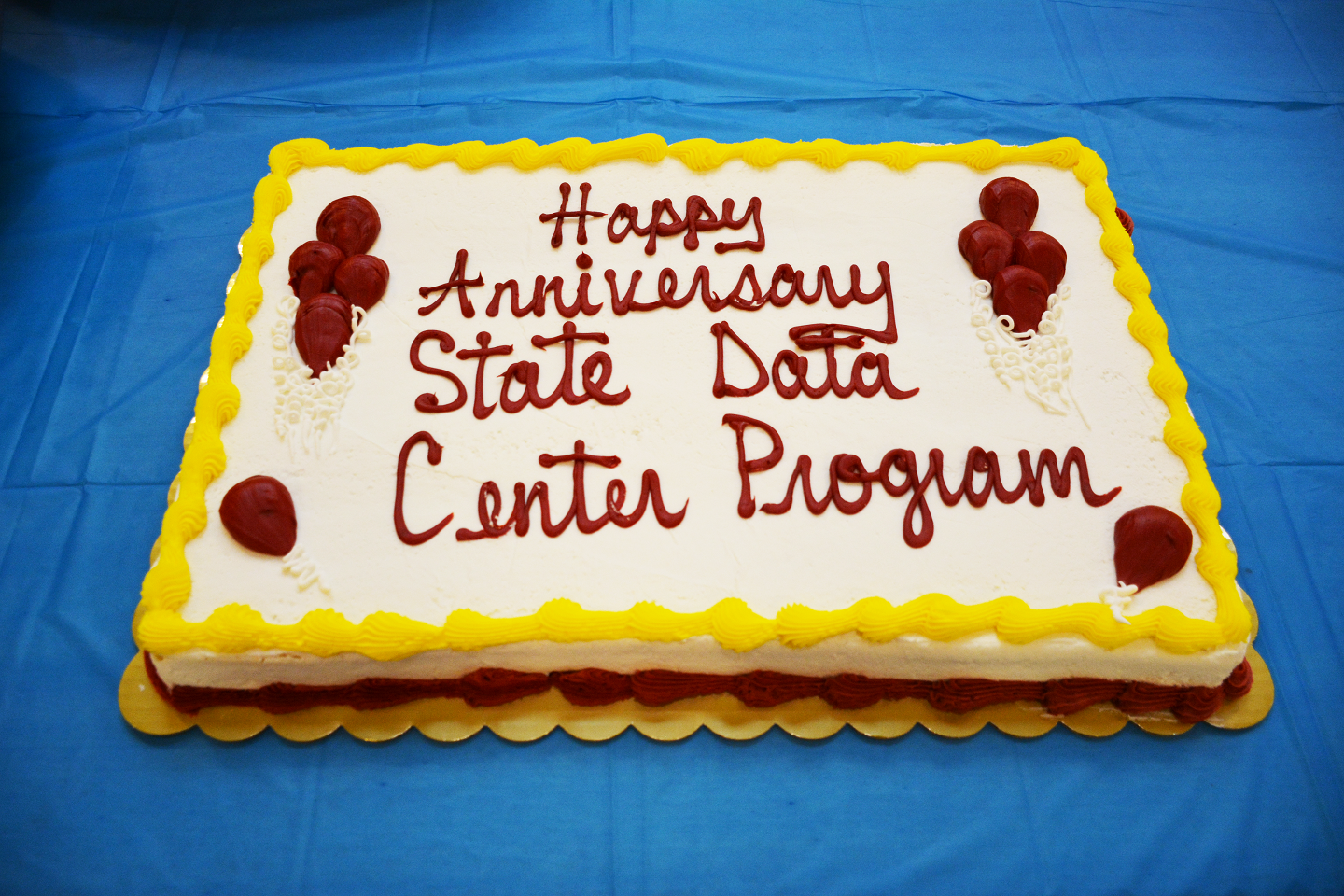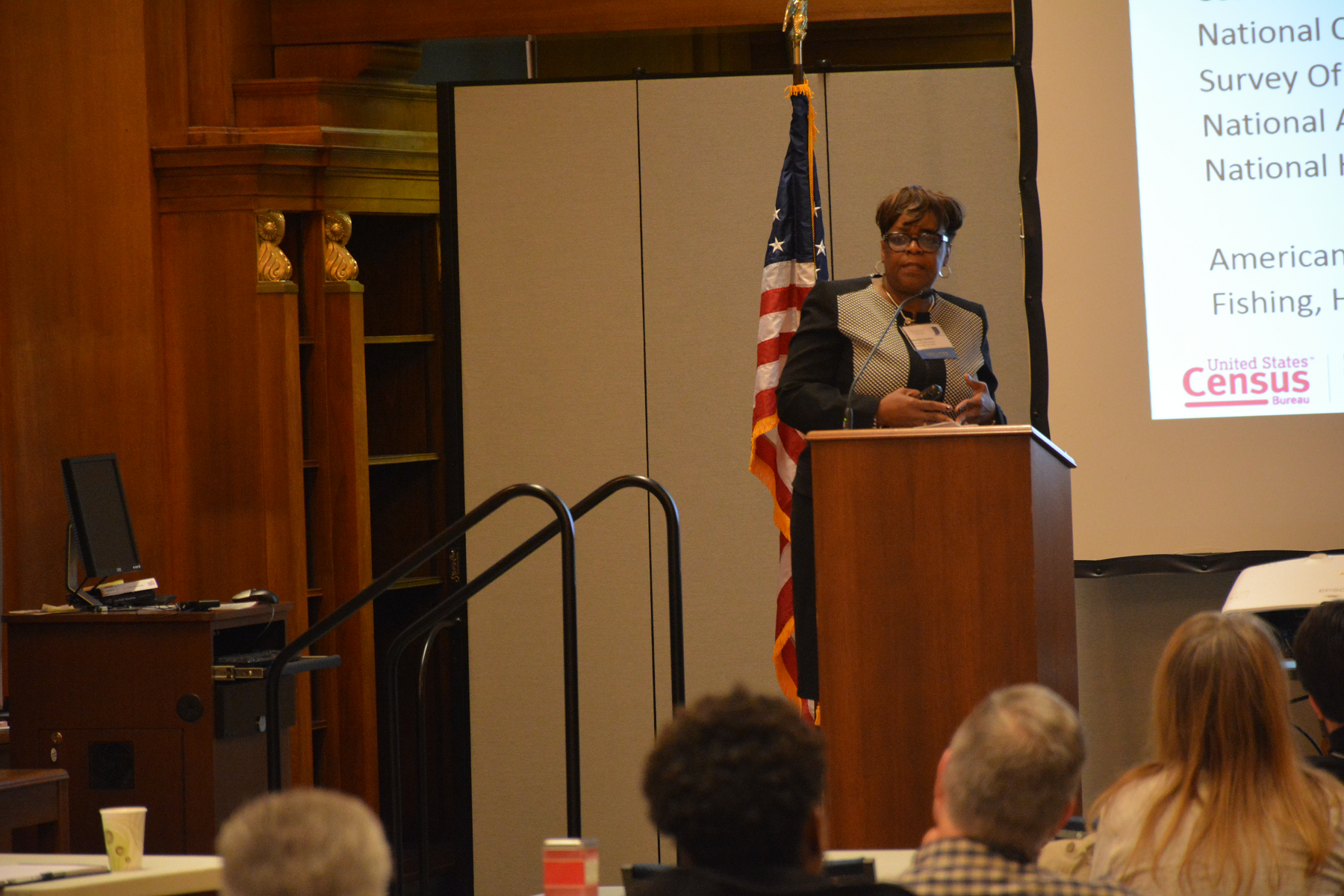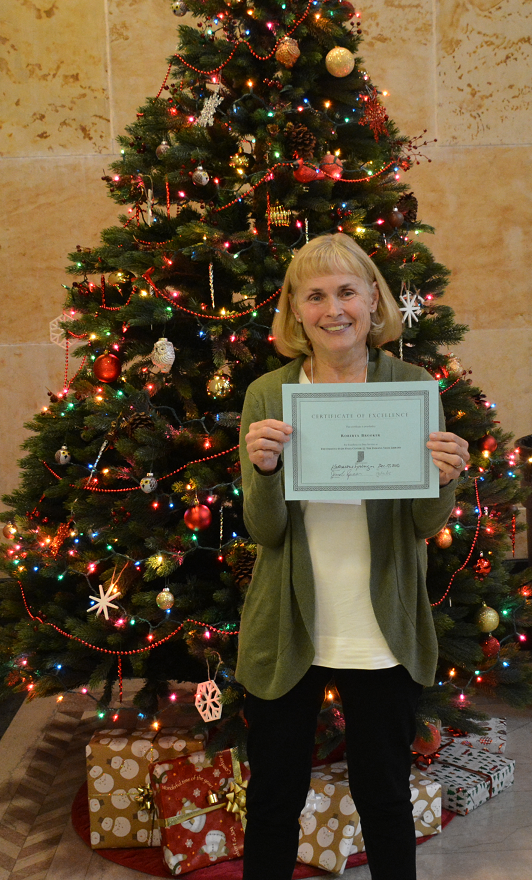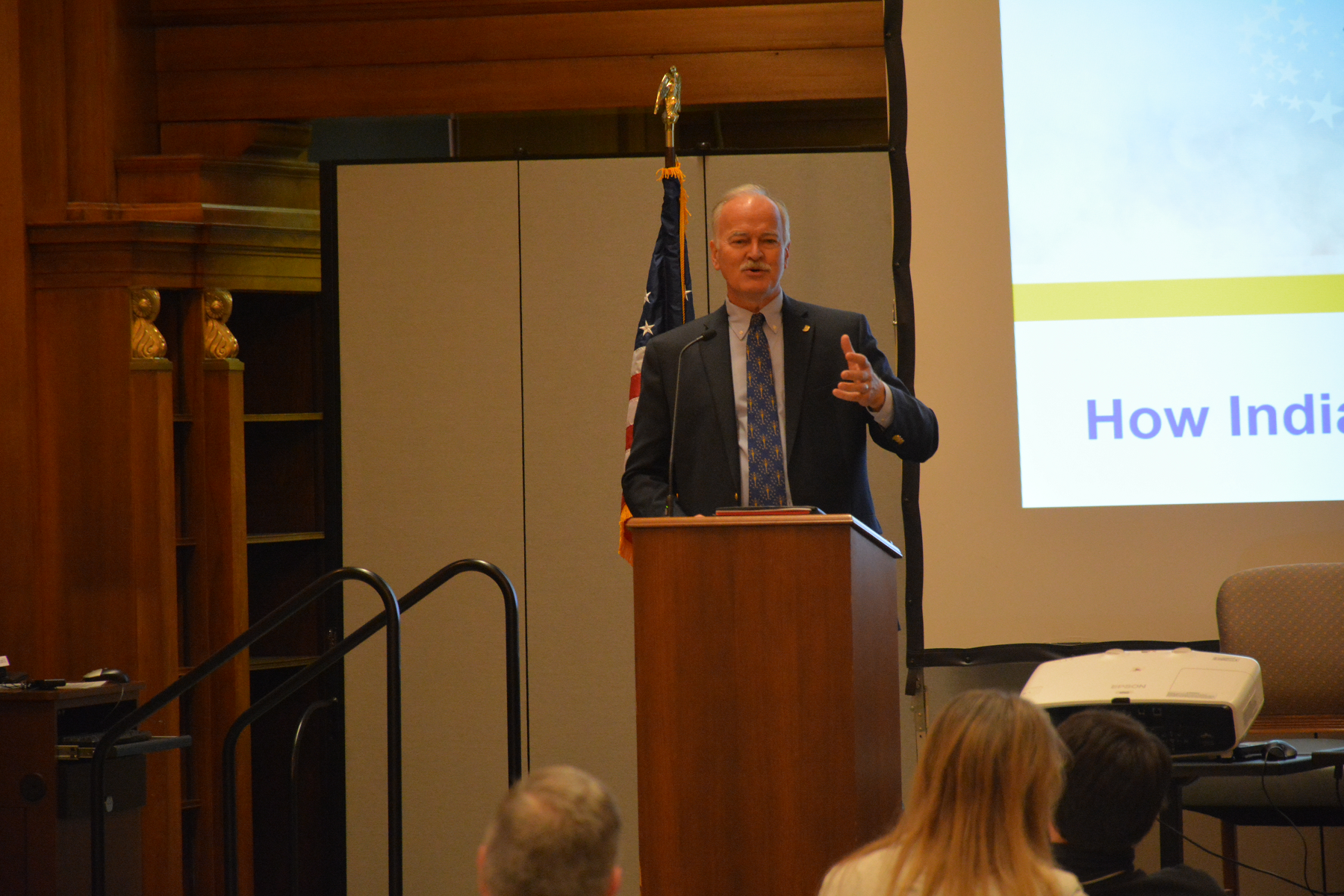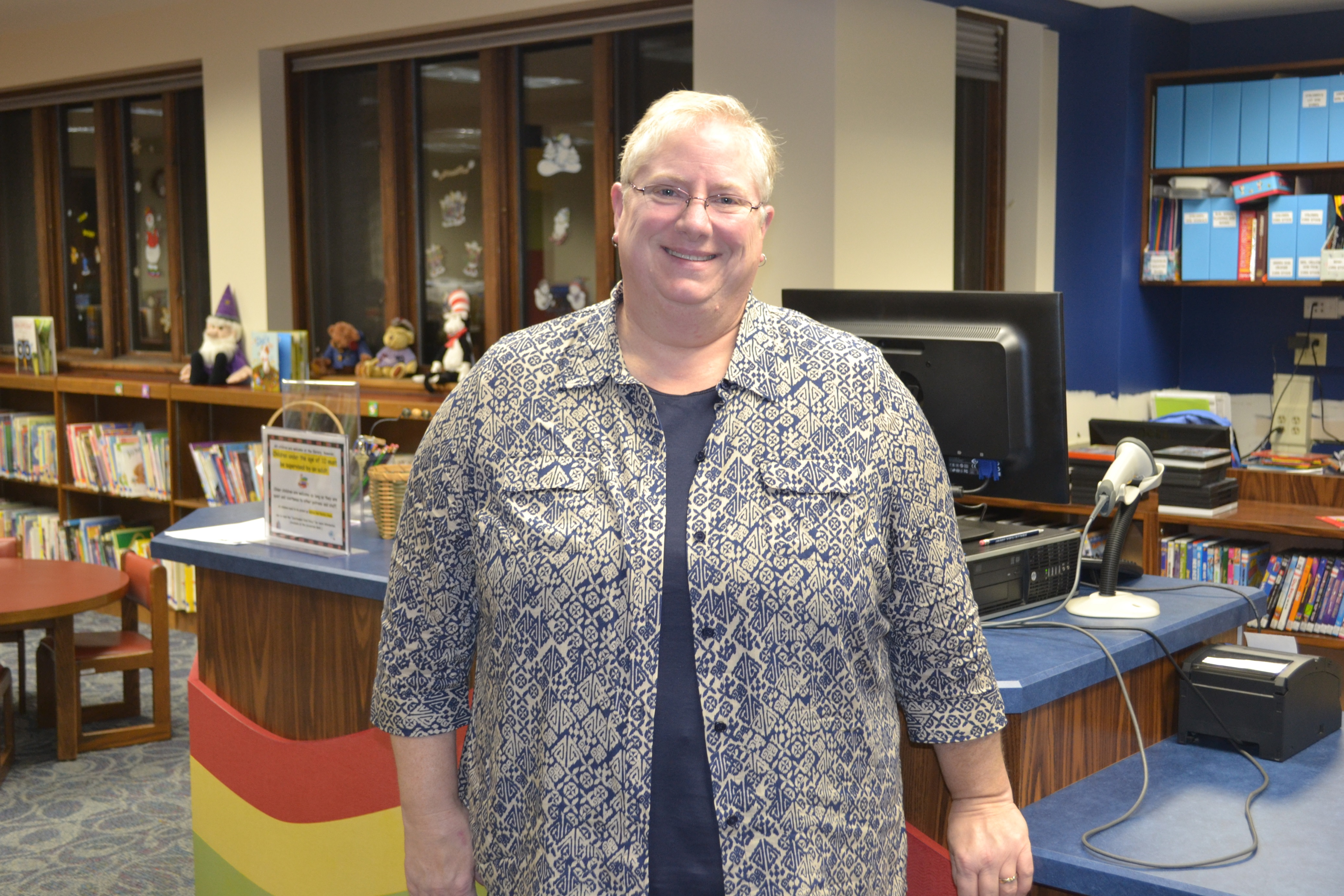Does your library utilize the Collaborative Summer Library Program (CSLP)? Are you always looking for new programming ideas to jazz up your summer program offerings? Do you enjoy having the opportunity to gather with other librarians to talk about what’s going on in their neck of the woods? If you answered “yes” to any of those questions, the State Library’s new CSLP 2017: Build a Better World trainings are the place to be!
If you aren’t familiar with CSLP, it’s a consortium of representatives from all 50 states, plus several territories who work together each year to provide a cohesive, high-quality summer reading program along with program ideas, artwork and prizes. The program and manual are provided to Indiana libraries free of charge, thanks to a grant made available by the U.S. Institute of Museum and Library Sciences. Learn more about CSLP here: http://www.cslpreads.org/
This year we are shaking things up! I’m asking all training participants to bring at least one program idea to share, as the second half of each training will be a roundtable-style discussion! You’ll get to hear what the librarians in your area are excited about as we share successful program ideas with one another. I will be compiling all of the ideas into one sheet that will be accessible on the Indiana State Library’s website under Resources for Librarians Serving Youth: http://www.in.gov/library/4642.htm
We tested out this new format at the first set of sessions on Tuesday, Dec. 6, 2016 at the Crown Point Community Library, and it was a success—some exciting ideas were generated. I hope that you can join us at one of these upcoming face-to-face trainings. We need your input to make them great!

Face-to-Face trainings:
Join the Indiana State Library for this training where you will be introduced to the theme, the artwork, and the manual for the 2017 CSLP Summer Reading Program. Each training will last 1.5 hours, with a portion of that time reserved for roundtable-style discussion. What does this mean? Bring your program ideas! Each participant should bring at least one program idea to share with the group. Program ideas may or may not be related to the CSLP theme Build a Better World. We want to hear what you’re excited about! These trainings will each be worth 2 LEUs. Register here: http://indianastatelibrary.evanced.info/signup/calendar?ln=ALL
Evansville Public Library – Central Branch (Evansville, IN) ~ Tuesday, December 13, 2016
Early Literacy & Children’s training @ 9-10:30am CST (10 -11:30am EST)
Teen & Adult training @ 11-12:30pm CST (12-1:30pm EST)
Kendallville Public Library (Kendallville, IN) ~ Friday, December 16, 2016
Early Literacy & Children’s training @ 9:30-11am EST
Teen & Adult training @ 11:30-1pm EST
Alexandria-Monroe Public Library (Alexandria, IN) ~ Tuesday, January 10, 2017
Early Literacy & Children’s training @ 9:30-11am EST
Teen & Adult training @ 11:30-1pm EST
Mooresville Public Library (Mooresville, IN) ~ Monday, January 30, 2017
Early Literacy & Children’s training @ 9:30-11am EST
Teen & Adult training @ 11:30-1pm EST
Greensburg-Decatur County Public Library (Greensburg, IN) ~ Friday, February 10, 2017
Early Literacy & Children’s training @ 9:30-11am EST
Teen & Adult training @ 11:30-1pm EST
West Lafayette Public Library (West Lafayette, IN) ~ Friday, February 24, 2017
Early Literacy & Children’s training @ 9:30-11am EST
Teen & Adult training @ 11:30-1pm EST
Jeffersonville Township Public Library (Jeffersonville, IN) ~ Friday, March 3
Early Literacy & Children’s training @ 9:30-11am EST
Teen & Adult training @ 11:30-1pm EST
Bloomfield-Eastern Greene Co Public Library (Bloomfield, IN) ~ Monday, March 13, 2017
Early Literacy & Children’s training @ 10-11:30am EST
Teen & Adult training @ 11:30-1pm EST
This blog post was written by Beth Yates, Children’s Consultant for the Indiana State Library. For more information, contact the Professional Development Office at (317) 232-3697 or email statewideservices@library.in.gov.

